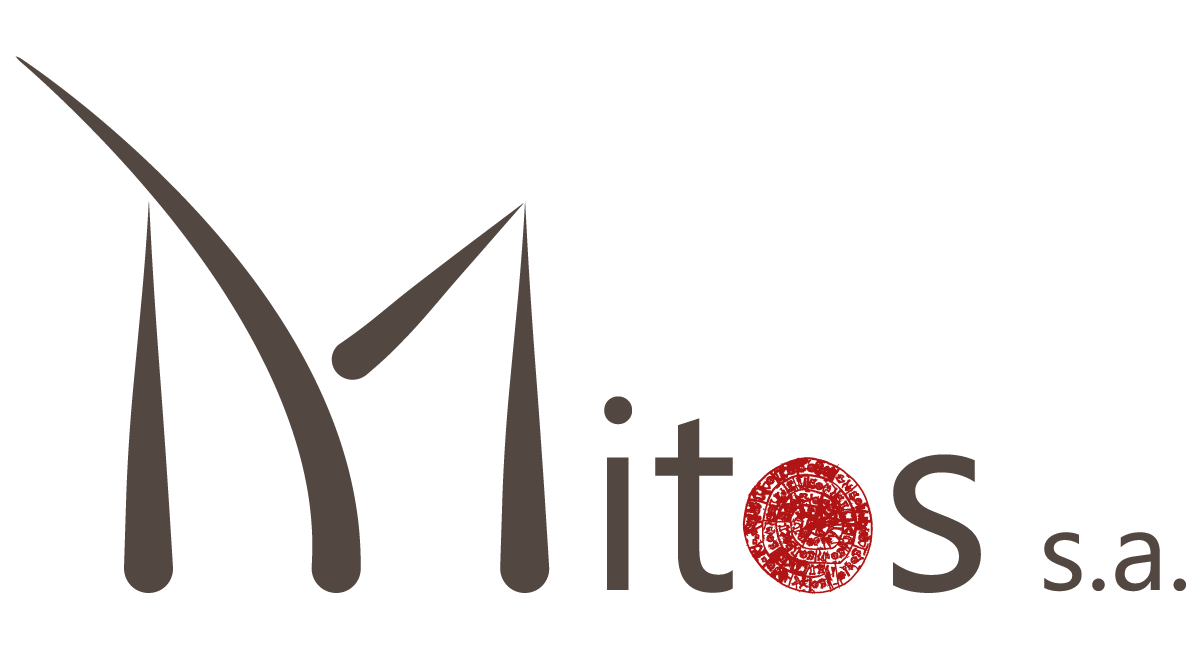City
HERAKLION
Location and Overview
Heraklion, the largest city and administrative capital of Crete, is situated on the northern coast of the island, along the Mediterranean Sea. It serves as a major gateway to Crete, being home to the island’s primary port and airport, making it a bustling hub of activity and a key player in Greece’s connectivity.
Economic Landscape

.jpg)






